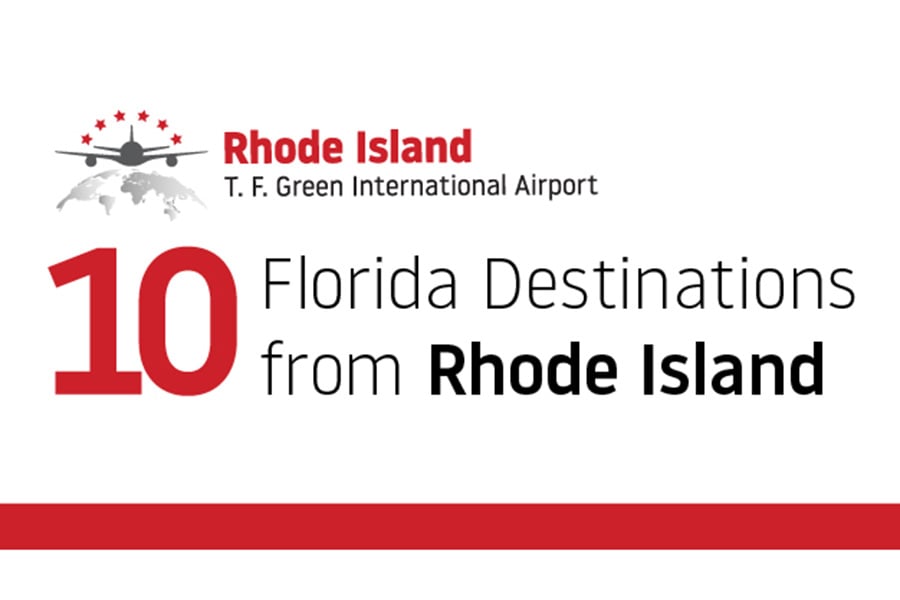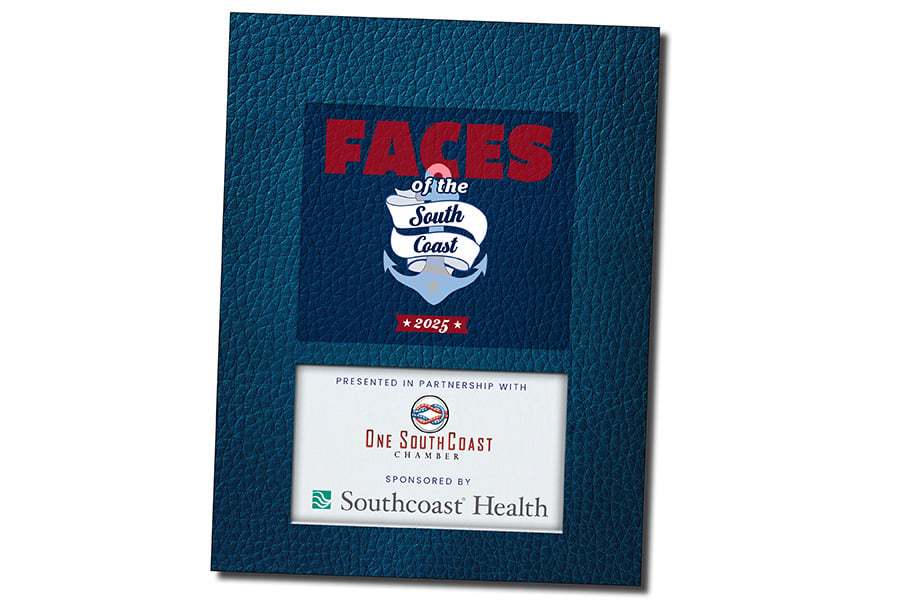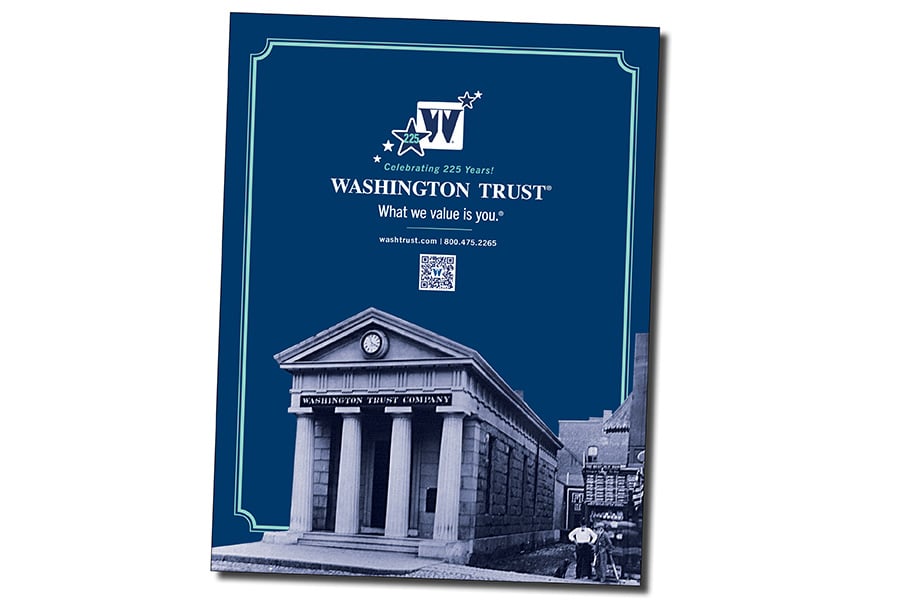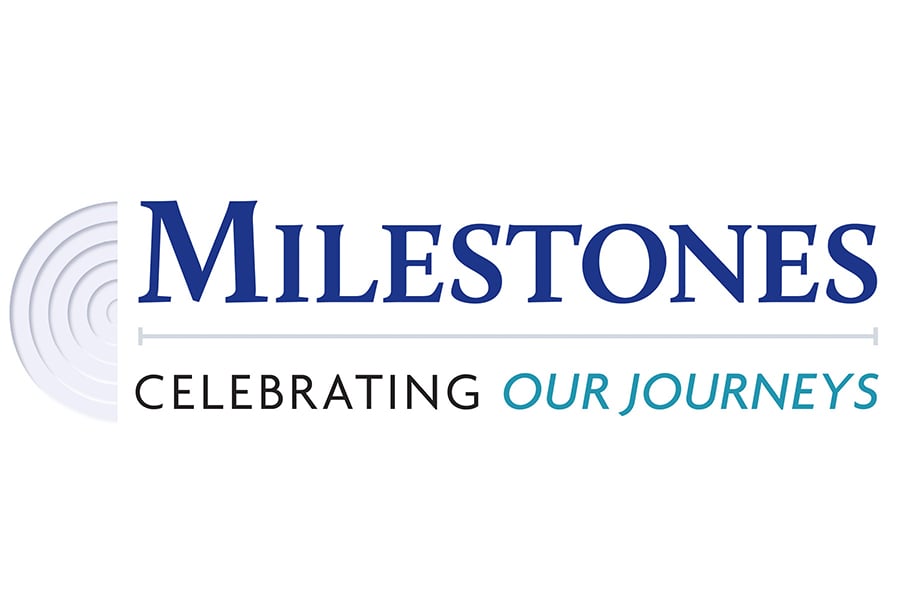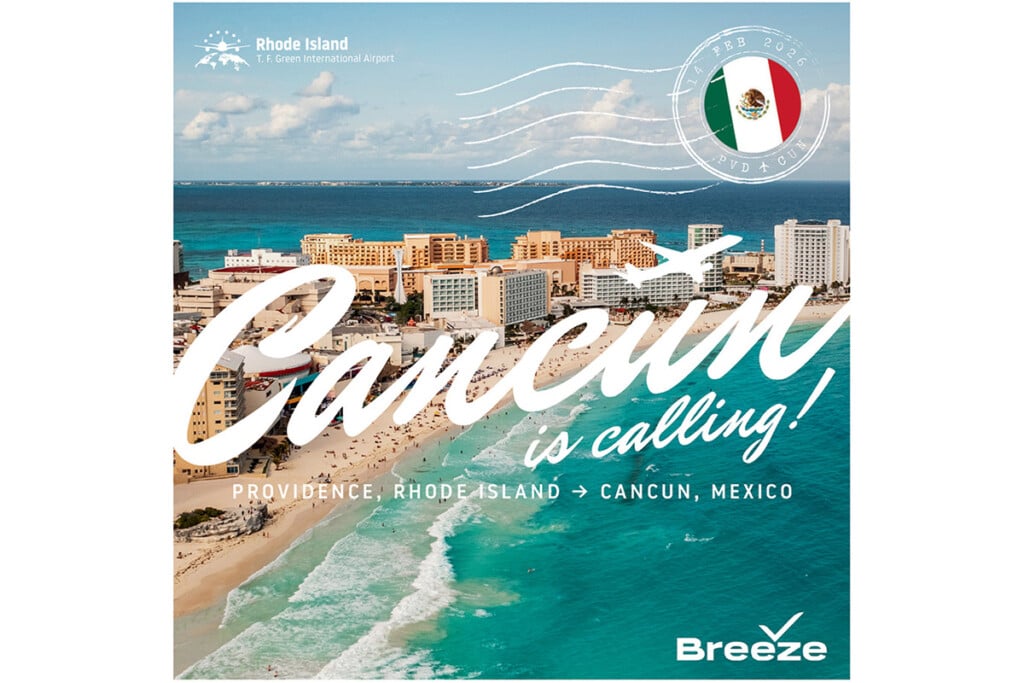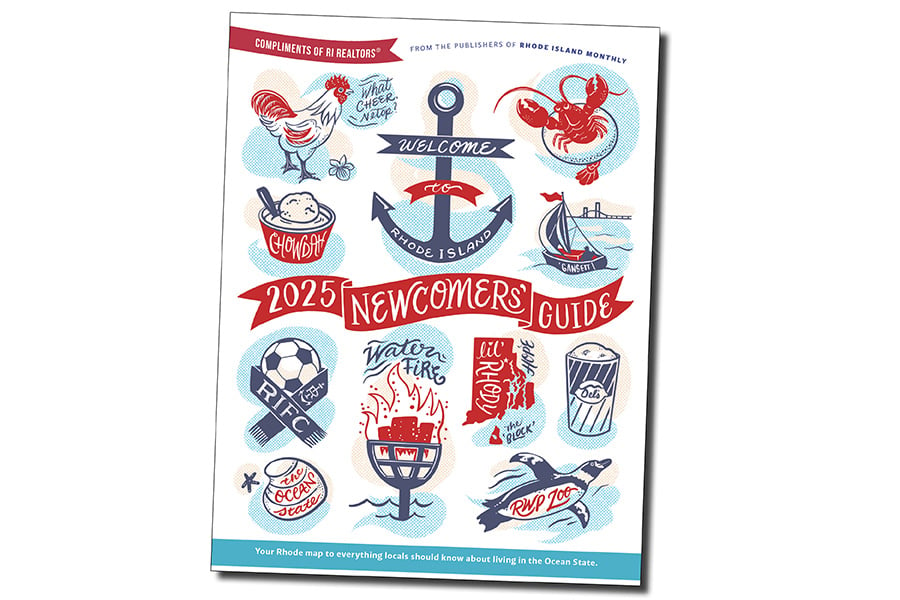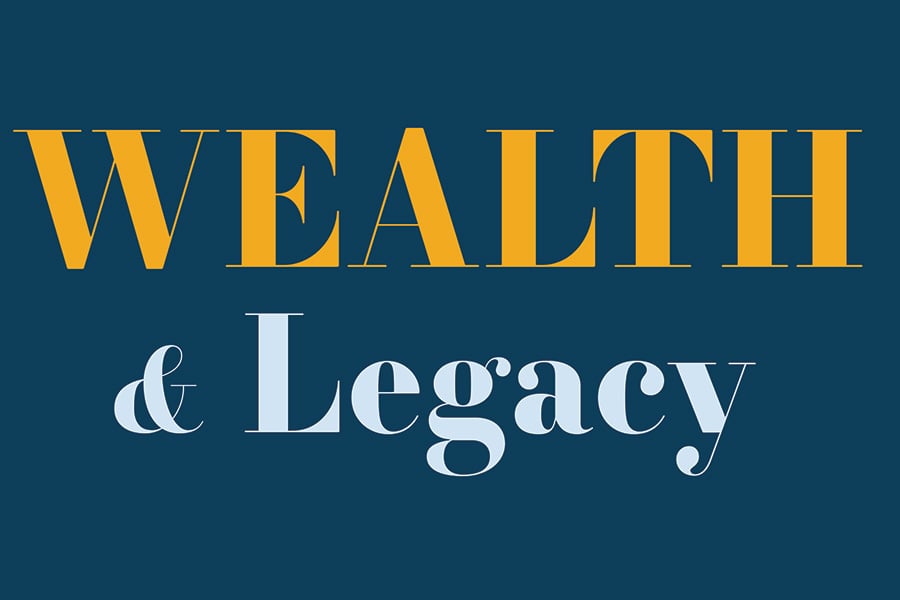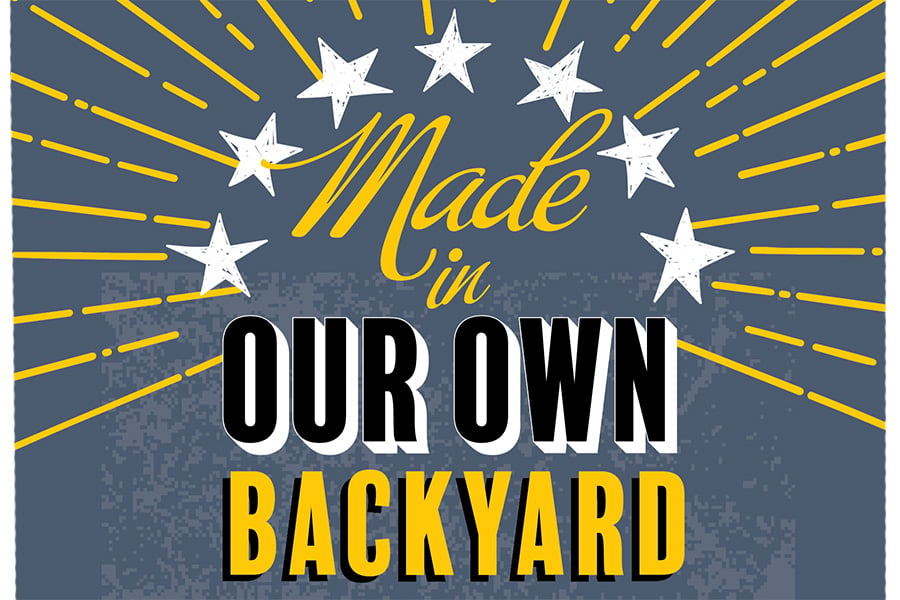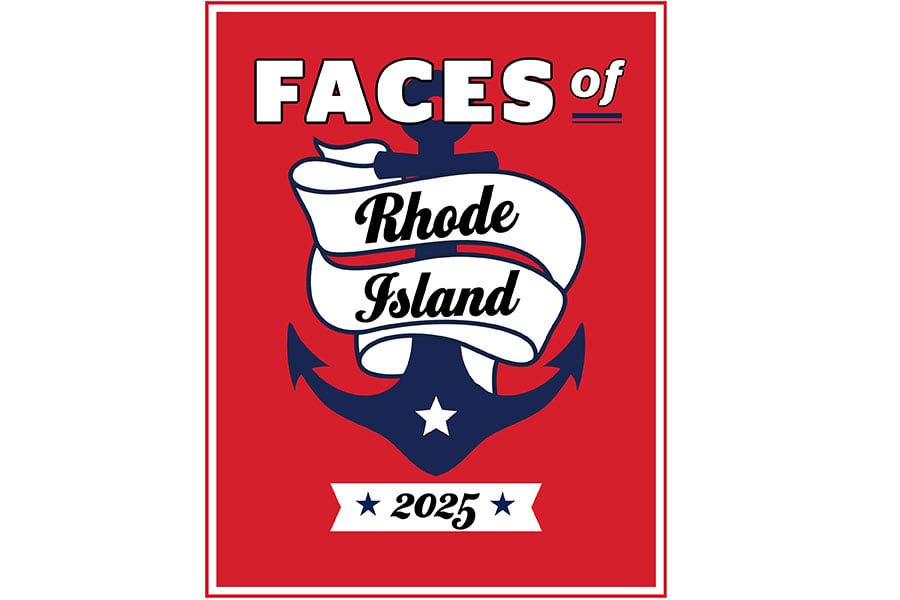All About Trash in Rhode Island
How we can reduce, reuse, recycle and rot our way to a cleaner, more sustainable Ocean State.
Reduce Redux
Recycling keeps trash mountain under control, but garbage pays its bills. By Ellen Liberman
Calling the Central Landfill’s time of death has always been a moving target.
In 1986, for example, when the Johnston dump was a mere eighteen years old, officials predicted that it would reach capacity by 1997. In January of 2020, the Rhode Island Resource Recovery Corporation (RIRRC), the quasi-governmental agency that has run the operation since 1974, predicted that it could keep going until 2034. By year’s end, it added another six years to the forecast.
The corporation has managed the Central Landfill into middle age by enlarging it — in 2015, it began its Phase VI expansion, adding another 100 acres — and by limiting the inflow of solid waste. In the 1980s, Rhode Island moved to prohibit other states from sending their garbage to Johnston and opened the first materials recycling center. Today, about 34 percent of all solid waste is diverted.
Those strategies will see the landfill into its dotage; they won’t make it immortal.
Landfilling in-state is the cheapest option, but it isn’t cheap. Recycling glass, paper, metals and fiber — free for residential customers — incurs millions of dollars in capital investments and handling costs for the RIRRC. In 2012, the corporation invested $16.9 million to upgrade its Materials Recycling Facility (MRF) to sort mixed recyclables, yet the average municipal recycling rate hovers at less than 30 percent.
Scrap revenues fluctuate. In 2018, China, overwhelmed by contaminated loads, banned imported plastic waste. (Locally, contaminated recyclables have cost some cities and towns $1.5 million in the last three years, as the corporation began enforcing its policy to treat contaminated loads as regular trash and charge an additional $250 handling fee.) With the globe’s biggest market for plastic and paper recyclables shuttered, the value of scrap commodities dropped. Prices have since rebounded, but the MRF operates at a loss, and has not been able to profit-share with the cities and towns since 2015.
Three years ago, the RIRRC succeeded in raising the per-ton municipal tipping fee from $32, where it had been stuck for a quarter century, to $47 a ton by the 2018–2019 fiscal year. The RIRRC was poised to raise them again, but the municipalities pleaded COVID-related poverty and won a year’s reprieve.
The agency gained some ground by bringing the commercial per-ton rates in line with market rates. But those higher fees prompted commercial users to seek other disposal outlets and, combined with a drop in commercial waste caused by the pandemic, volume fell by 25 percent and the corporation lost $16 million.
In short, the RIRRC must manage an essential paradox: reducing waste adds years to the landfill’s life, and simultaneously reduces the funds to pay for expansions, capital improvements and meeting environmental regulations.
In July of 2018, the corporation released its study of disposal alternatives when the Central Landfill finally reaches its current capacity. They range from a Phase VII expansion to siting a new landfill elsewhere in Rhode Island to long-hauling our garbage out of state to burning it to diverting organic waste via an anaerobic digestion facility and expanded composting — or a combination of these options. Some will take a decade or more to plan and execute, so the RIRRC will have to make a choice in the next five years.
In the meantime, the best way to kick the can down the road is to recycle it.
Which Cities and Towns Rock at Recycling?
And which need improvement. (C’mon, Johnston.)
More than 10,000 houses served curbside
Gold star: East Providence, with a rate of overall material diversion from the landfill of 52%
Runner up: Warwick, with a rate of overall material diversion from the landfill of 49.5%
Needs improvement: Johnston*, with a rate of overall material diversion from the landfill of 13.9%
Fewer than 10,000 houses served curbside
Gold star: Barrington, with a rate of overall material diversion from the landfill of 50.7%
Runner up: Middletown, with a rate of overall material diversion from the landfill of 48.8%
Needs improvement: Central Falls, with a rate of overall material diversion from the landfill of 22.6%
Transfer stations/independent curbside collections
Gold star: Portsmouth, with a rate of overall material diversion from the landfill of 56.1%
Runner up: Jamestown, with a rate of overall material diversion from the landfill of 51.1%
Needs improvement: New Shoreham, with a rate of overall material diversion from the landfill of 25.3%
*Johnston has little incentive to recycle. According to its host agreement with the Rhode Island Resource Recovery Corporation, the town pays no tipping fee on trash. Other cities and towns pay $47 a ton. Data via RIRRC, 2019


